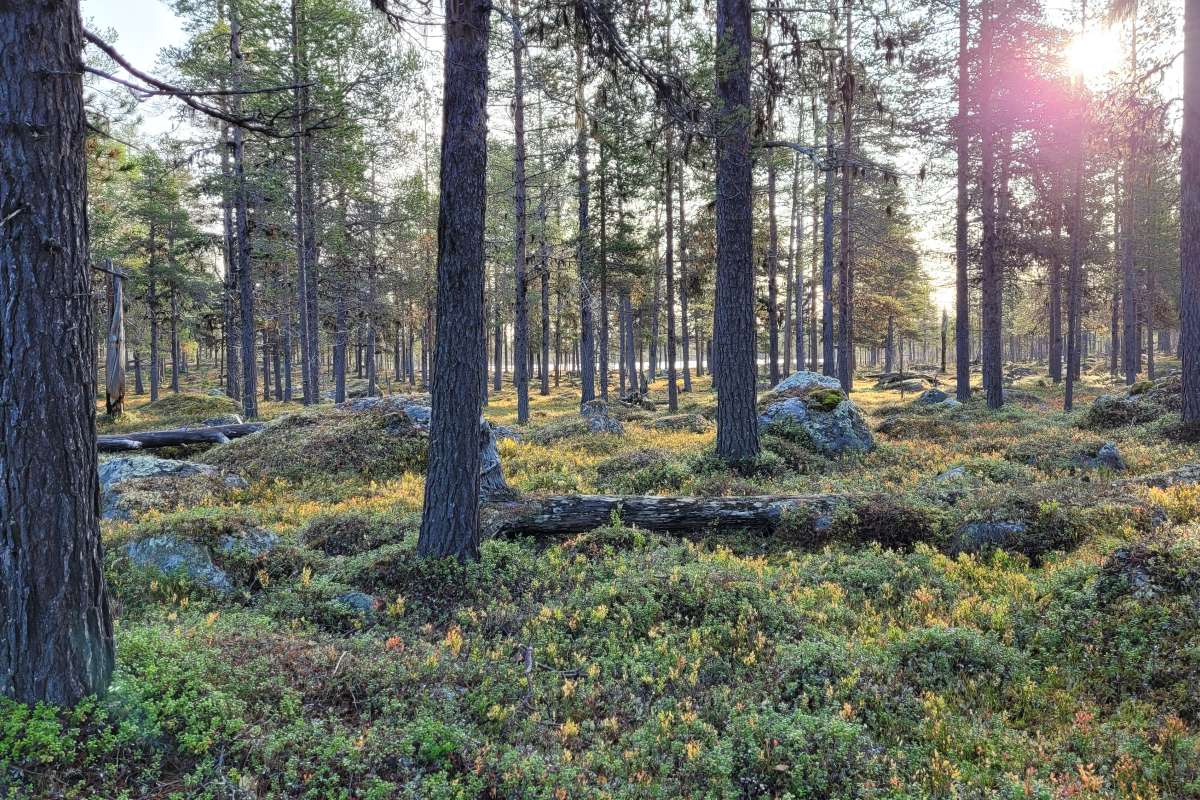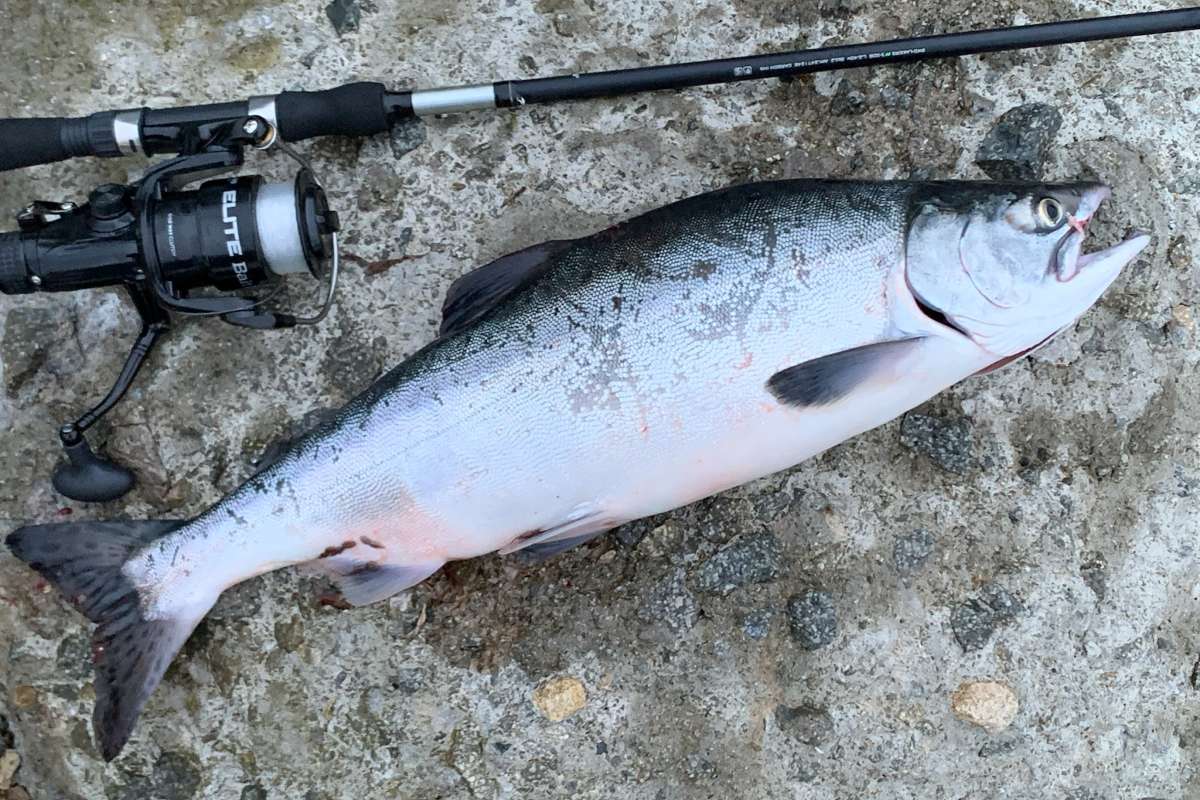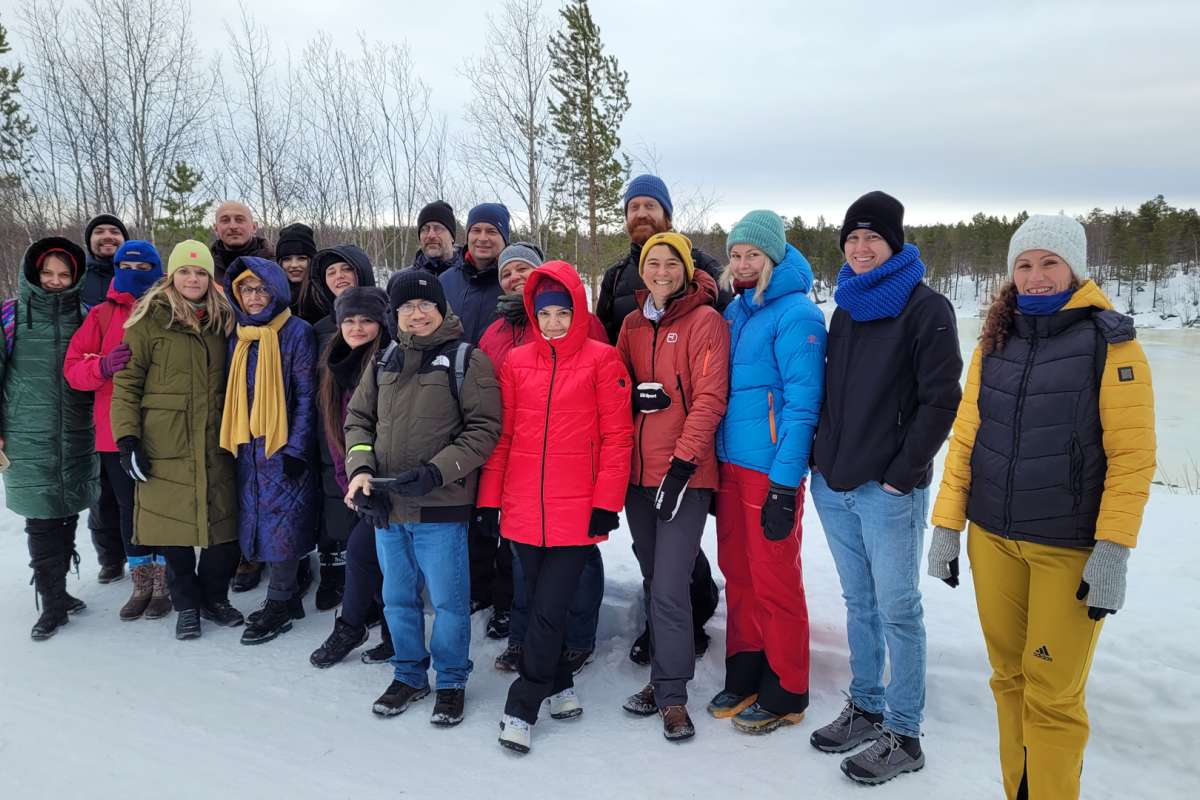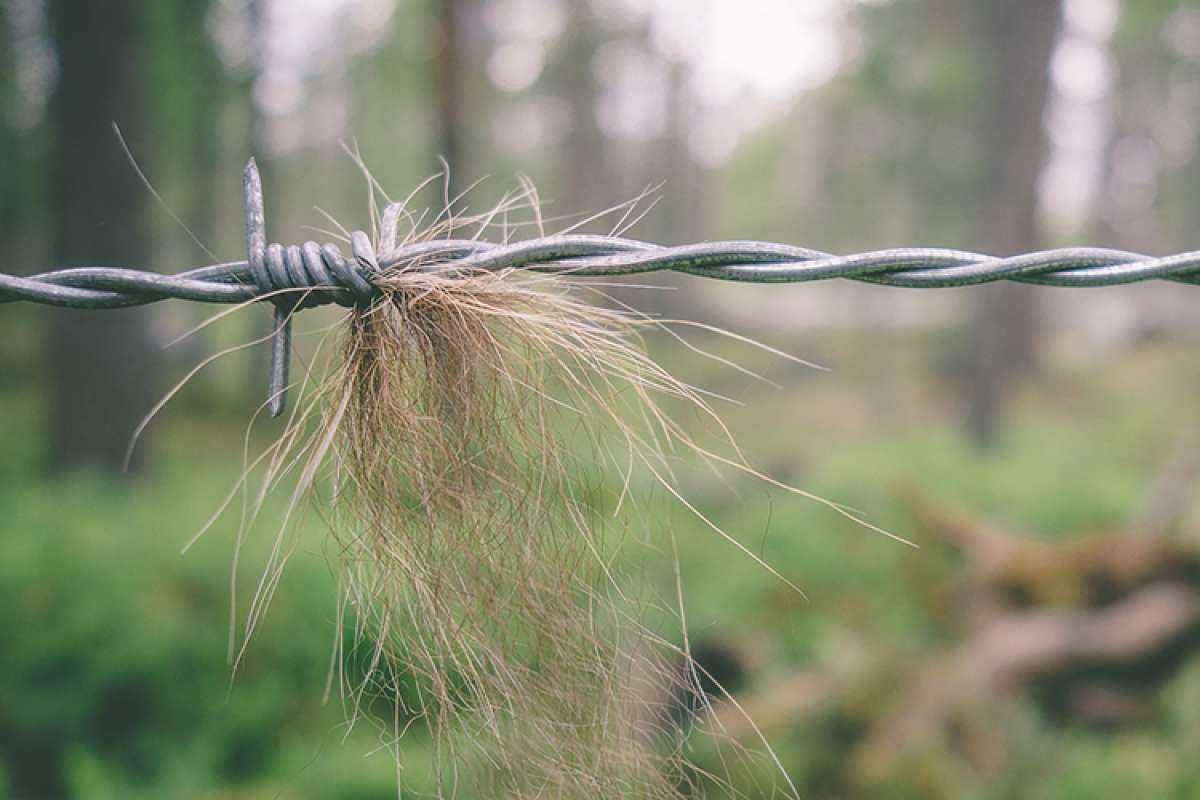Monitoring of brown bears in Pasvik and Inari using hair traps
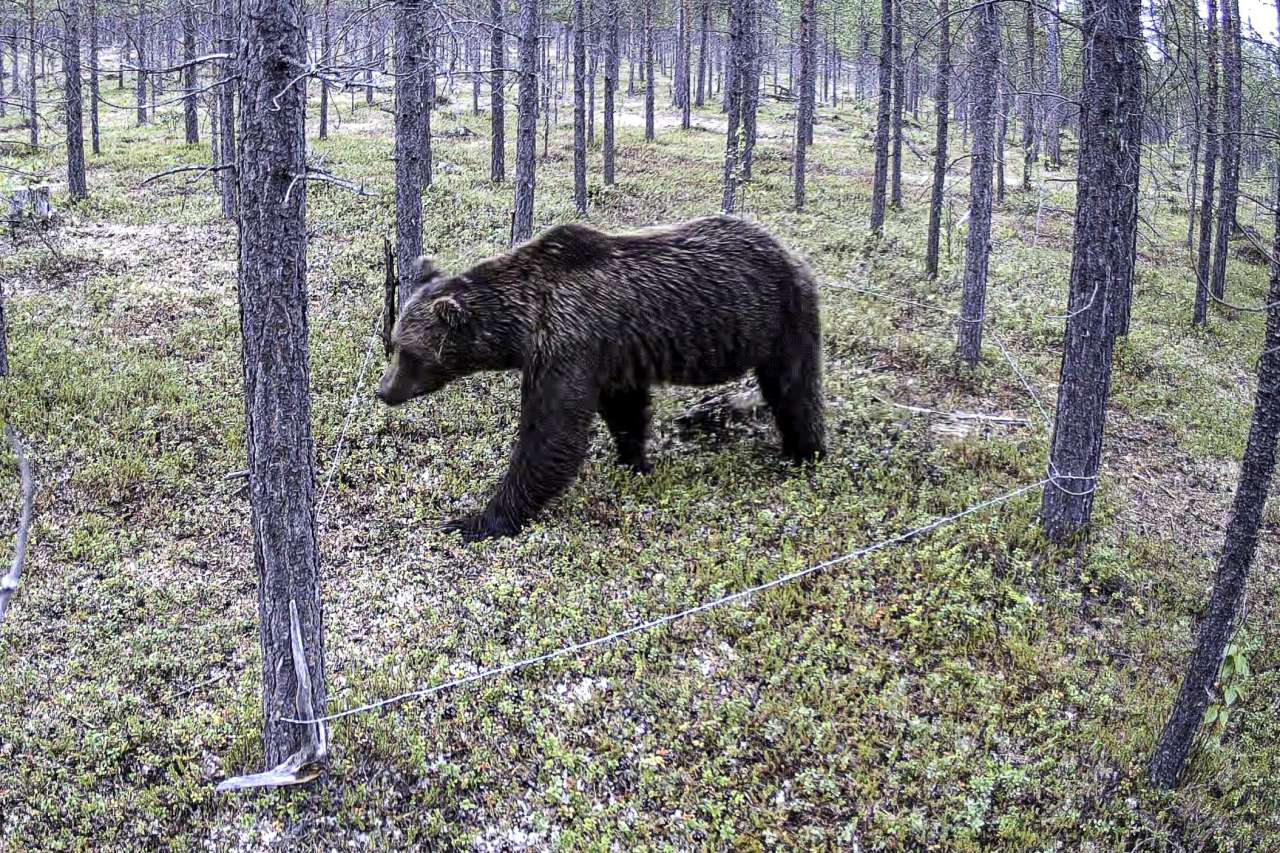
Male brown bear visiting a hair trap in the Pasvik valley, July 2023. Photo: Wildlife Camera / NIBIO
Since 2005, NIBIO Svanhovd has been monitoring the population of brown bears (Ursus arctos) in the border area between Norway, Finland, and Russia. In the summer of 2023, DNA from 22 bears was detected.
In the initial years, hair and faeces were randomly collected in the field, but since 2007, a more systematic collection of bear hair has been conducted using hair traps. The method involved deploying hair traps with scent attractants within a grid of 5 x 5 km2 squares in Norway, Finland, and Russia. The total study area covered approximately 1400 km2.
Reduced study area in 2023
After initiating systematic hair trap surveys in the Pasvik-Enare Trilateral Park, the method has been repeated every four years – in 2011, 2015, 2019, and 2023.
"Due to the geopolitical situation, samples were not collected from Russia in 2023," says laboratory manager Ida Marie Bardalen Fløystad at NIBIO Svanhovd.
"Last year's study was conducted within an area of 1075 km2 in Pasvik (Norway) and Inari (Finland). A total of 43 traps were set up, compared to the previous 56. Otherwise, the method remained the same as in previous studies."
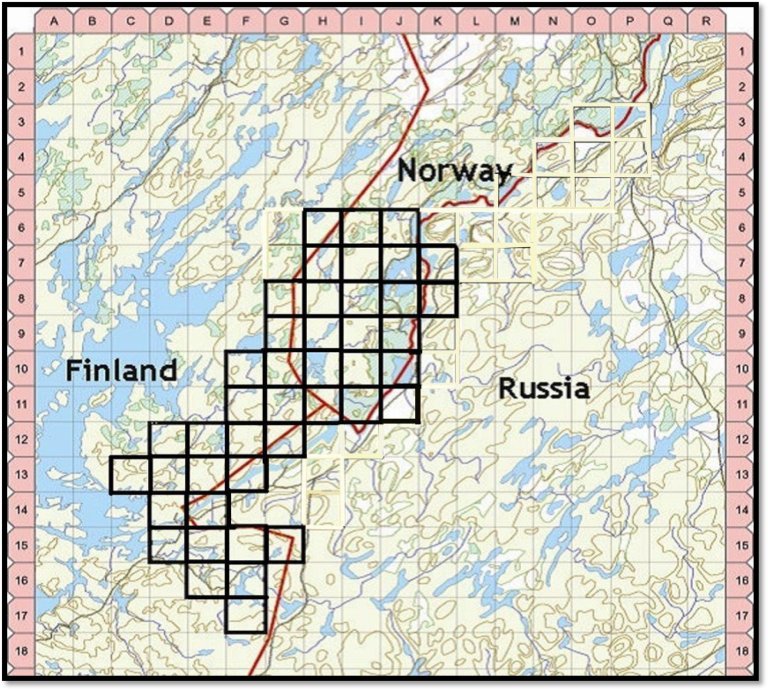
22 bears detected in 2023
"In the 2023 season, a total of 97 samples were collected," says Fløystad.
"Seventy-one of the hair samples turned out to be from bears, and a complete DNA profile could be determined for 63 of the positive samples. In total, 22 different bears were detected (10 females and 12 males). Of these 22, 12 individuals were previously detected in earlier years, while 10 were unknown bears not detected in previous surveys. In this survey, 13 bears were detected in Finland and 11 in Norway. Comparable figures from 2019 were 20 bears detected in Finland and 14 bears detected in Norway."
Fløystad emphasizes that the results are not immediately comparable to those from previous years because the study area is not the same:
"The number of detected bears was 53% lower in 2023 than in 2019, while the study area was only 26% smaller. We can assume that this is due to lower bear activity in the monitored area or less overlap in time and space between the distribution of bears and the placement of hair traps."
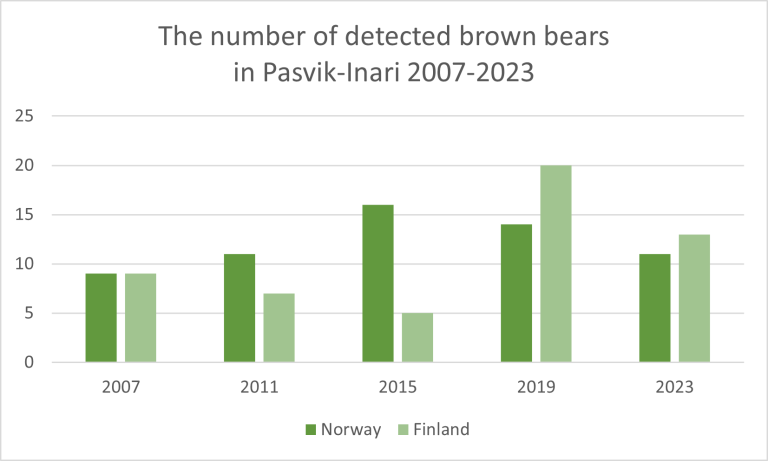
Second-highest success rate in 2023
This year's sampling had the second-highest success rate in terms of the number of bear individuals per sample square: 0.51 individuals per square, compared to 0.81 individuals in 2019 (the highest success rate), 0.49 individuals in 2015, 0.35 individuals in 2011, and 0.42 individuals in 2009.
"Our results show that even with a smaller study area (fewer squares), the hair trap project provides valuable information about the bears in the area. Therefore, the survey is an important supplement to the national monitoring program for brown bears in Norway, which is based on random collection of faeces and hair."
Contacts

HAIR TRAPS
The hair traps are made of barbed wire stretched tightly between four or more trees, approximately 40 cm above the ground, creating a square area of about 5 x 5 m (25-30m2). The idea is that bears will leave hair on the barbed wire as they crawl under or over it to investigate the fantastic 'perfume' placed in the middle.
In the center of the fenced area (the hair trap), a small mound of peat, moss, twigs, branches, and roots is created. The mound is covered with a strongly scented lure made of fermented fish waste mixed with oxygenated blood from cattle. These two components are allowed to develop for several months before being strained into a thin liquid and mixed. The mixture is used only as a scent lure, not as bait.
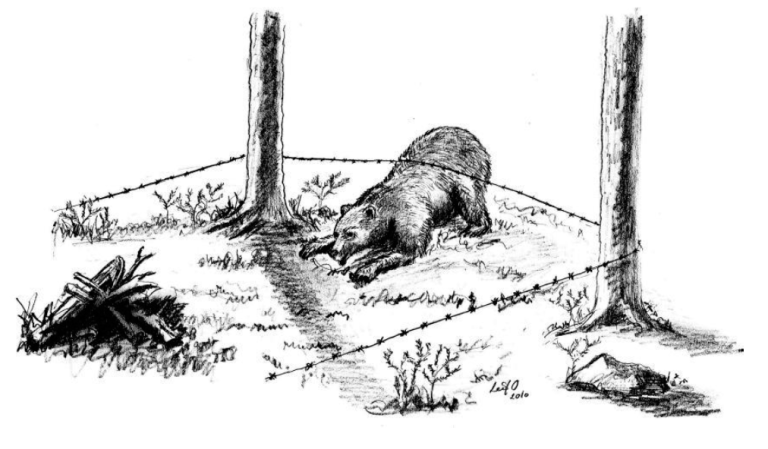
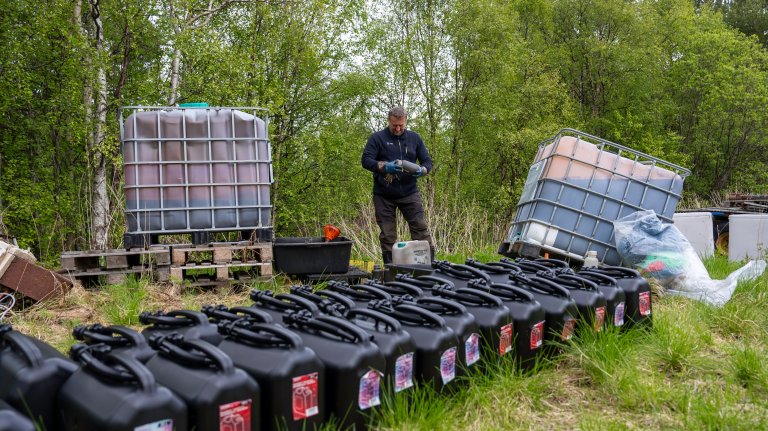
Contacts

Publications
Authors
David Kniha Paul Eric Aspholm Ida Marie Luna Fløystad Ane-Sofie Bednarczyk Hansen Ingrid Helle Søvik Sari Magga Rolf Randa Lisbet H. Baklid Tuomo Ollila Snorre Hagen Hans Geir EikenAbstract
No abstract has been registered
Authors
Benedicte Lissner Beddari Sergey Ogurtsov Sari Magga Jaru Kangasniemi Ida Marie Luna Fløystad Inger Søvik Tom Sotkajærvi Rolf Randa Leif E. Ollila Vetle Lindgren Beate Banken Bakke Vilde Rushfeldt Beddari Natalia Polikarpova Tuomo Ollila Snorre Hagen Hans Geir EikenAbstract
No abstract has been registered
Authors
Siv Aarnes Alexander Kopatz Hans Geir Eiken Julia Schregel Paul Eric Aspholm Tuomo Ollila Olga Makarova Natalia Polikarpova Vladimir Chizhov Sergey Ogurtcov Snorre HagenAbstract
No abstract has been registered
Authors
Siv Grete Bjervamoen Martin E. Smith Leif E. Ollila Hans Geir Eiken Paul Eric Aspholm Alexander Kopatz Aspi Jouni Tanja Kyykkä Tuomo Ollila Pekka Sulkava Olga Makarova Natalia Polikarpova Ilpo KojolaAbstract
No abstract has been registered

